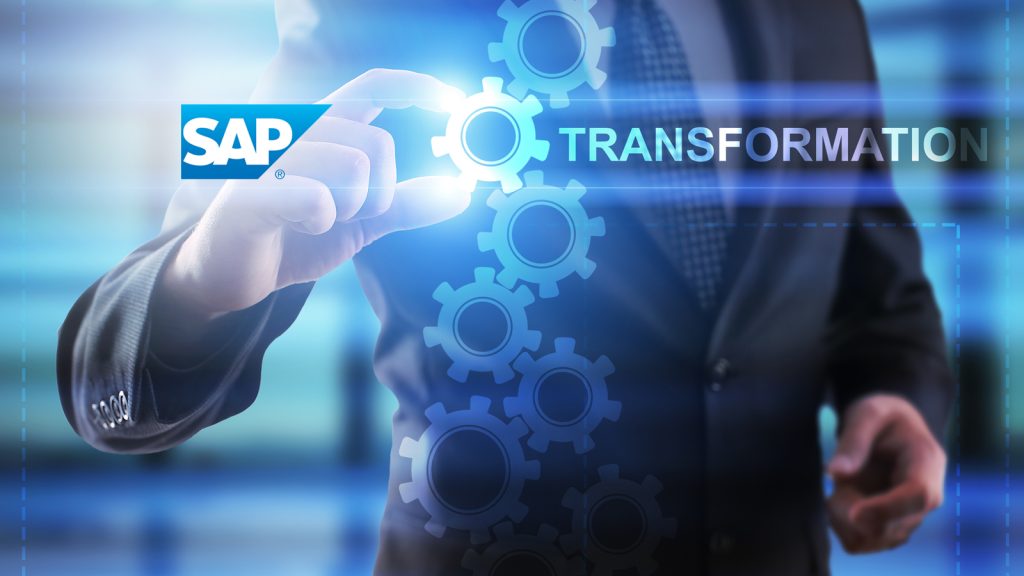SAP software products are powerful tools for assisting businesses in managing their finances, logistics, human resources, and other business areas. The SAP ERP system, the most advanced Enterprise Resource Planning (ERP) system currently available, serves as the foundation of SAP services Malaysia offering. SAP has evolved to provide application software to support complex business functionality, and this post will explain the architecture of SAP services Malaysia.
The Architecture of the SAP System

It is a good idea to begin answering the question “How Does SAP Work?” by discussing the components of a SAP ERP system, how they are related to each other, and what their purposes are. It is important to note that SAP ERP is not the only SAP software component. Other components of business applications include Business Intelligence (BI), Supply Chain Management (SCM), and Customer Relationship Management (CRM). However, we will concentrate on SAP ERP in this article because it is the central element and significant component for incorporating corporate data from other software applications. A three-tier client/server architecture is commonly used for SAP ERP systems. The three-tier architecture is preferred as it allows for greater scalability and flexibility, but SAP can also be launched on two- and one-tier architectures. The presentation tier provides the user interface in the three-tier SAP architecture, the application tier processes the business logic, and the database tier keeps the business data.
The Presentation Tier
The presentation tier is typically installed on business users’ PCs and provides the SAP Graphical Interface (SAP GUI). SAP GUI is an ultra – light application that can be tried to install on any computer that runs Windows or Mac OS and serves as a communication interface between the user and the SAP ERP system.
The Application Tier
The application tier is the most vital part of the SAP ERP system. It is in charge of processing client transactions, printing jobs, running reports, coordinating database access, and interacting with other applications. When the load exceeds the processing power of a single server, the application logic can be distributed across multiple server machines.
The Database Tier
The database stores two kinds of objects: business-generated data and SAP application programmes. Data objects created by users as part of various business processes are represented by business-generated data. Sales orders and customer master records, for example, are examples of business-generated data. SAP application programmes are routines written in ABAP (a special programming language used by SAP) that are loaded from the database into SAP application servers at runtime.
Databases from various vendors (for example, Oracle or Microsoft) can be used, and the company decides which database vendor to use. The database permit is usually included within the SAP price.
Conclusion
In this article, we explain the architecture of the SAP services Malaysia or system from the technical perspective. We hope that this article is helpful for you and you will gain new knowledge about SAP!

